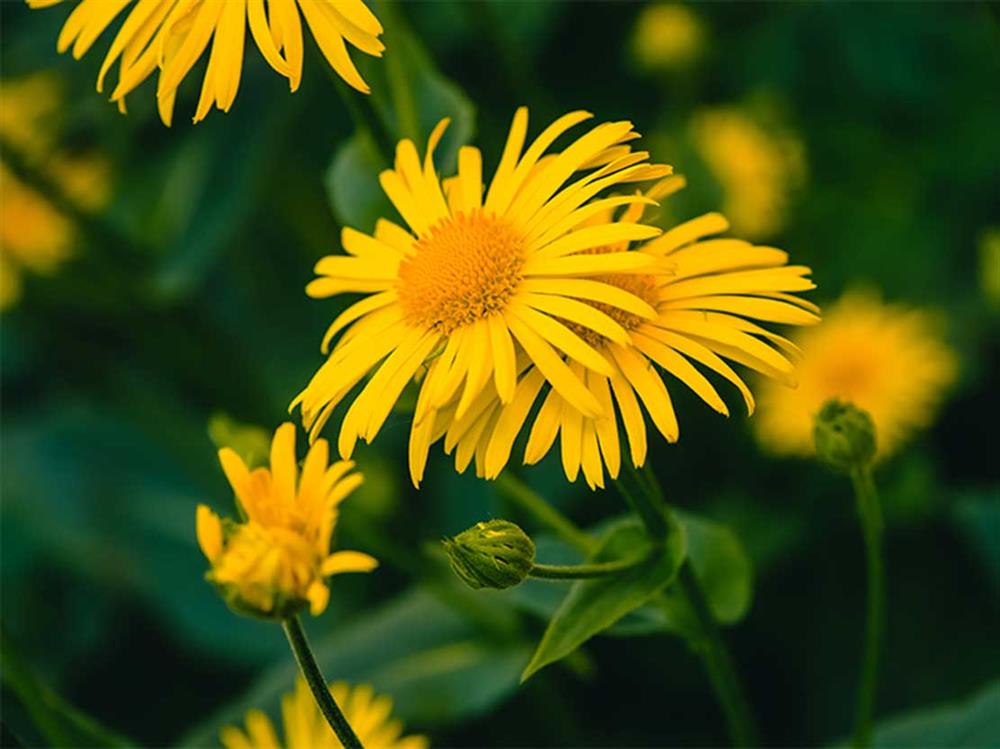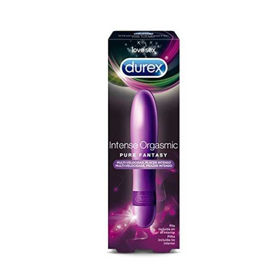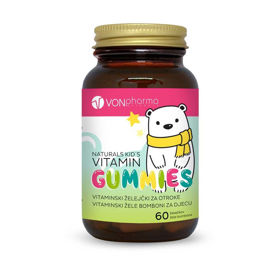Arnica (from the family Asteraceae - baskets) is a perennial herb 20-60 cm tall. The leaves are ground and rosette. Yellow flowers appear between May and August.

Useful parts and ingredients
Dried inflorescences are suitable for medicinal use. Pharmacologically important ingredients are sesquiterpene lactones, flavonoids, coumarins, caffeic acid derivatives and essential oil.
Use in folk medicine
In uterine bleeding, inflammation of the heart muscle, atherosclerosis, angina pectoris and blunt object injuries.
Forms and dosage of drugs
We use prepared medicines such as ointments or gels, oil extracts or diluted tincture for rinsing the oral cavity, compresses or rubbing ointments. The tincture should be diluted ten times with water, ie in a ratio of 1:10.
Making tea
Pour 2 teaspoons of flowers with 150 ml of boiling water, let stand for 10 minutes and use chilled several times a day for compresses.
In homeopathy, arnica is an important wound remedy. It is prepared from dried rhizomes and homeopathic ointment from fresh, flowering herbs.
Contraindications
Florist preparations are not suitable for indoor use! In addition, they should not be used in case of a known allergy to plants from the basket family (such as chamomile or dandelion) and apply them to open wounds only for a short time.
Side Effects
Arnica flowers relatively often cause allergies, which are expressed in the form of itchy rashes on the skin. Undiluted arnica tincture can cause eczema, even if there is no allergy. When used internally, poisoning can occur with severe irritation of the mucous membranes and paralysis of the heart muscle.










 Facebook
Facebook
 Instagram
Instagram
 info@moja-lekarna.com
info@moja-lekarna.com

